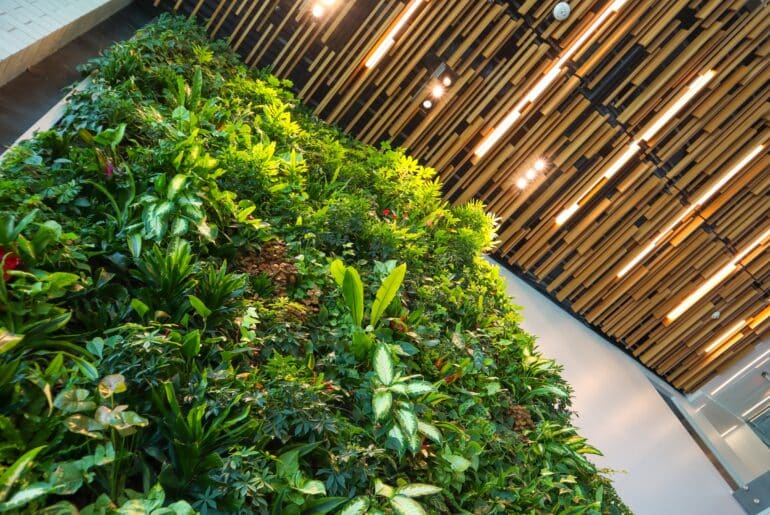Building Energy Modeling (BEM) is often only used for green building certifications or to show compliance to building codes or standards. While most project teams have heard of energy modeling, very few fully understand its ability to support important energy related decision-making for projects. By using energy modeling as a decision-making tool, project teams can uncover more value for owners and developers by informing early design with performance-based results.
BEM Basics: Predicting Performance
The construction industry involves a lot of financial risk and uncertainty, which project teams have to reduce by increasing the certainty of outcomes. Some aspects like project financing and management remain generally consistent for all projects, so historical information can be used to make decisions for future projects. Other aspects like architectural design and site features are unique to each building and so are much more difficult to predict based on previous projects or experience.
Building energy performance is strongly influenced by these design aspects, so it requires complex tools to develop performance predictions based on project specific characteristics. BEMs are some of the most important tools available to design teams for making such predictions. BEMs allow the annual energy performance of the building to be virtually pre-created and to provide feedback to the design teams to optimize project performance. This reduces building energy consumption in the design phase, saving owners more money by lowering operating costs.
BEM as a Design Tool: Maximizing Performance
While BEMs are most commonly used to document code compliance, tax credits, utility incentives, and building certifications like LEED, they provide most value as a design tool to maximize overall building energy performance.
Understanding various use-cases of BEM helps project teams to leverage it in creative ways. For example, project teams can consult a LEED model to choose between two window options; or use compliance models to achieve a building certification that can increase the rental value of their properties; even a simplified generic building typology model can be used to make policy decisions related to energy efficiency strategies for cities or towns.
Key BEM use-cases include:
- Design Decisions and Feedback – system selections, systems optimization, controls optimizations, measurement & verification, model predictive controls
- Certifications and Code Compliance – LEED energy modeling, Title 24 energy modeling, thermal comfort modeling for WELL
- Financial Incentives – energy performance based financing options (PACE), utility incentives
- Strategy Decisions – generic building models for energy master plans, simplified models for policy analysis
BEM Metrics: Informing Outcomes
One of the primary reasons green building certification systems like LEED succeeded in being widely adopted is that it quantified the impact of sustainability using cost savings metrics that project decision makers can identify with.
BEMs can quantify building performance in terms of cost savings, energy savings, thermal comfort performance, and daylighting performance, among others. This means that choosing the appropriate metric to make decisions is critical to ensure that BEMs provide meaningful feedback to project teams. If chosen wisely, modeling metrics can inform more than energy performance.
While standardized energy modeling methodologies like certifications and code compliance have fixed metrics to confirm project performance, the metrics to make project specific (not necessarily energy related) decisions may not be apparent. For example, the total number of hours when windows can remain open based on the weather file for a given location can determine if a project in that location can use natural ventilation; the proximity of neighborhood blocks with high heating energy demands from an industrial zone can determine if a utility company can use the waste heat to feed a district heating system; the temperature of air entering an atrium (when considered with internal surface temperatures and air velocity) can determine the stratification of air within the atrium to ensure occupant comfort.
The best way to determine the metrics for BEM studies is to include an energy modeling expert in the initial project design charrettes to capture all design decisions that such studies can provide feedback for and appropriate metrics that would be of value to the team. Involving energy modelers in the early design phases can hence add greater value to project teams in making projects more sustainable and cost efficient.
Want to learn more about how to use energy modeling to predict and improve project performance? Reach out to our Energy Modeling team. They love this stuff!



